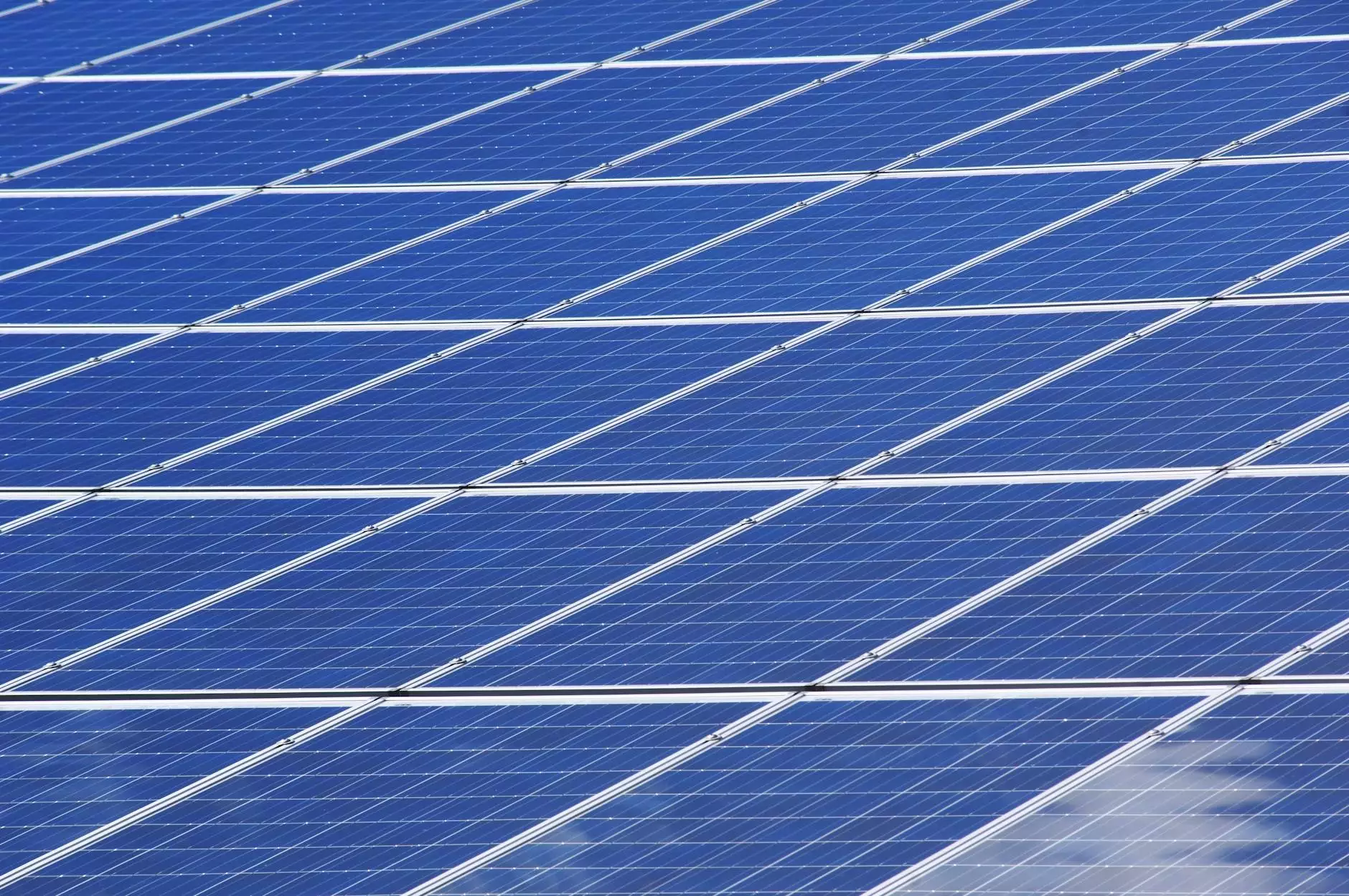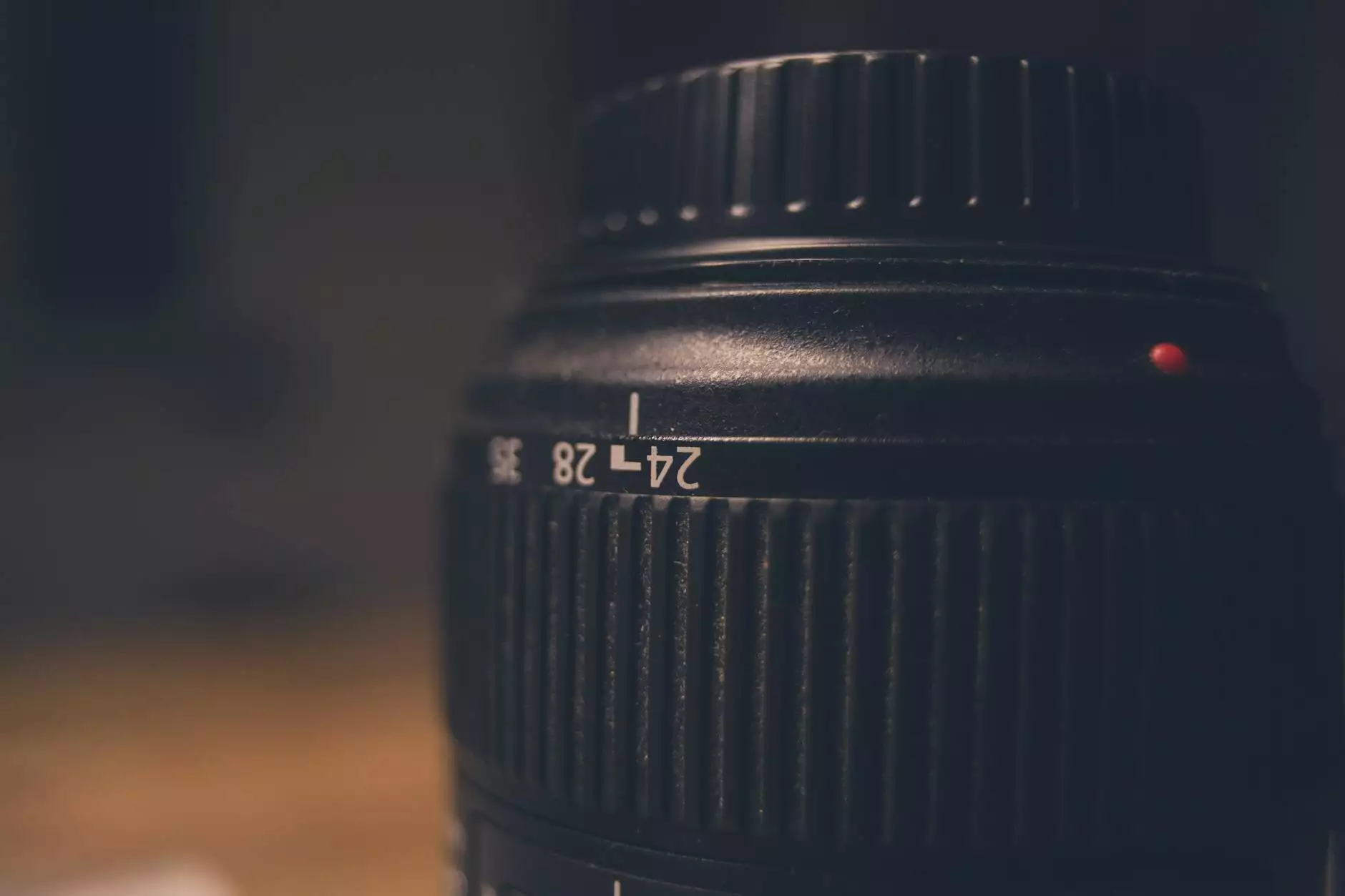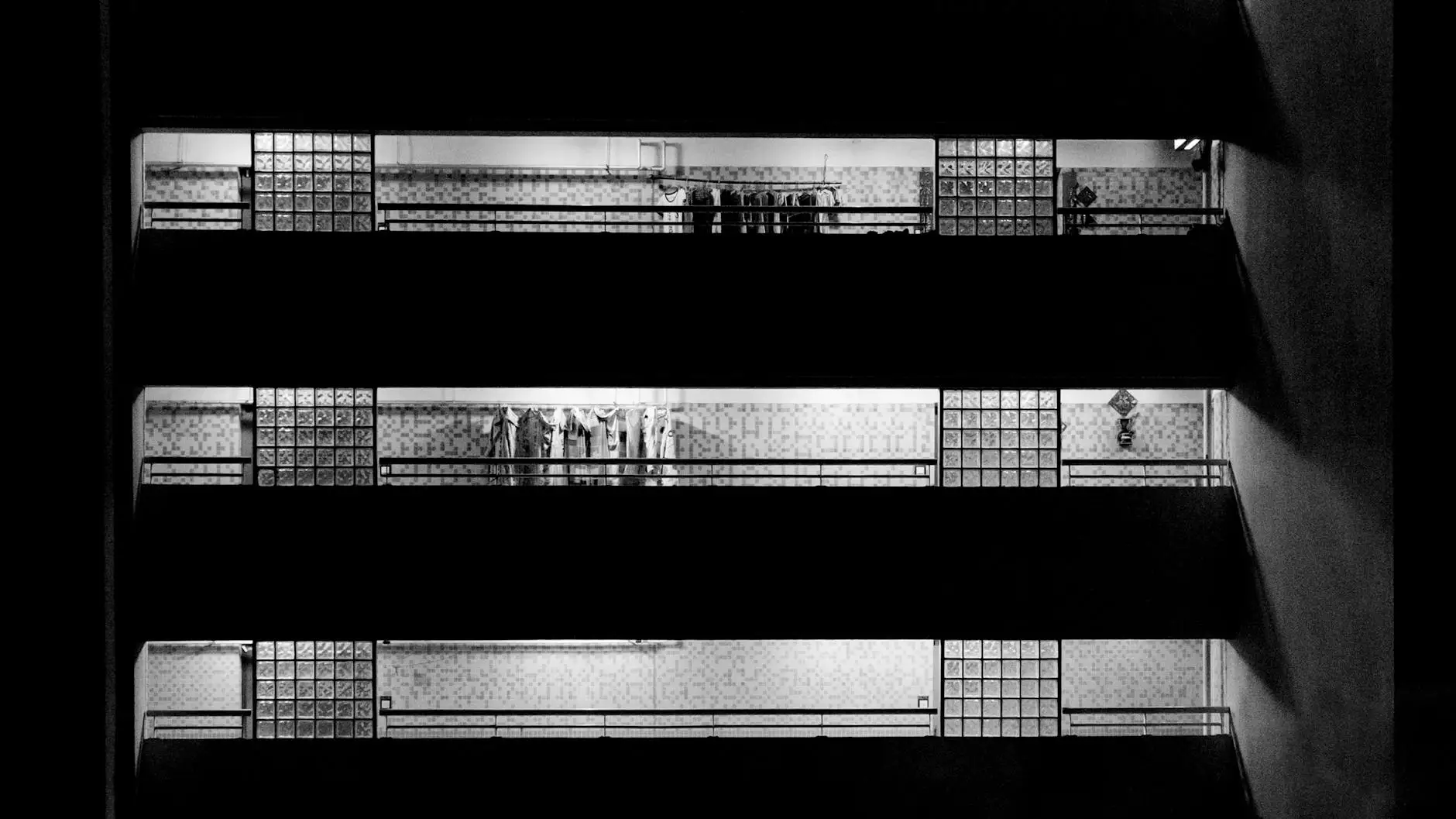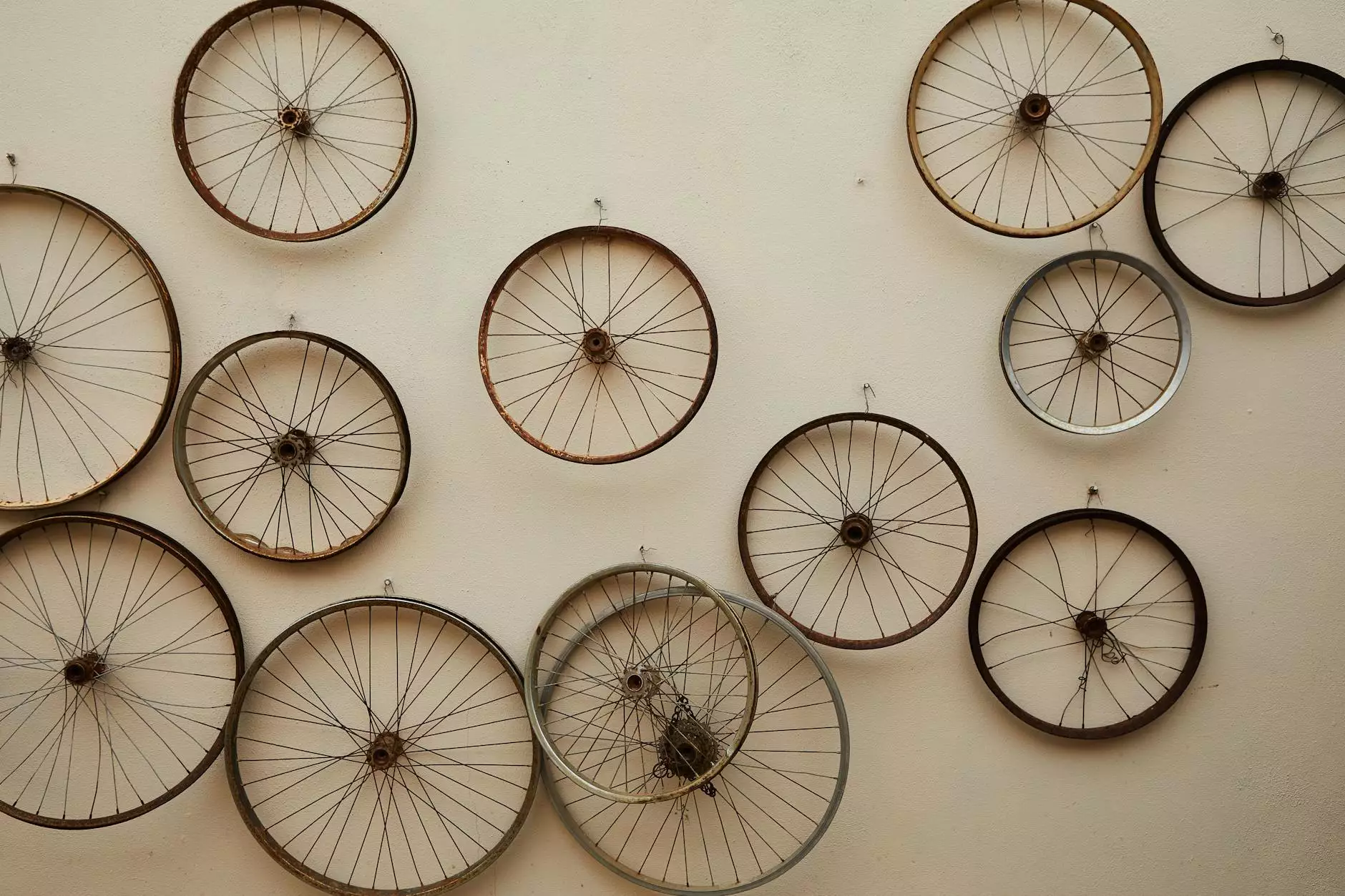How to Repair a Washer With Water Filling Issues

Introduction
Welcome to Screens Unlimited, your reliable partner in appliance repair. In this detailed guide, we will walk you through the most effective troubleshooting steps to repair a washer with water filling issues. Whether you are dealing with a top-loading or front-loading washer, these comprehensive methods will help you identify the root cause of the problem and provide expert solutions. Say goodbye to inconvenience and hello to efficient laundry days!
Common Water Filling Issues
Before we dive into the troubleshooting process, let's familiarize ourselves with some of the common water filling issues that may plague your washer:
- Insufficient Water Fill
- Slow Water Fill
- No Water Fill
- Intermittent Water Filling
Troubleshooting Steps
1. Check Water Supply
The first step in resolving water filling issues is to ensure an adequate water supply. Make sure the water faucets connected to your washer are fully turned on and that there are no kinks or blockages in the inlet hoses. Additionally, check if the water pressure in your home is optimal for proper washer operation.
2. Inspect the Inlet Valve
The inlet valve controls the flow of water into the washer. If your washer is experiencing issues with water filling, it's essential to inspect the inlet valve for any blockages or malfunctions. Consult your washer's user manual for guidance on locating and examining the valve. Consider replacing the valve if necessary.
3. Clean the Filter Screens
Over time, debris and sediments can accumulate in the filter screens of the inlet valve, restricting the water flow and causing filling issues. Gently remove the screens and clean them thoroughly using a brush and warm water. Ensure they are completely free from debris before reassembling.
4. Assess the Water Level Pressure Switch
The water level pressure switch is responsible for signaling the washer when to stop filling with water. If this component malfunctions, it may result in incorrect water levels or zero water fill. Inspect the switch to ensure it is properly connected and functioning. If needed, replace the switch following the manufacturer's instructions.
5. Examine the Pressure Dome or Hose
The pressure dome or hose is another vital part of the water level control system. It measures water pressure inside the washer and communicates with the pressure switch. Check for blockages or kinks in the hose, and inspect the pressure dome for any damage. Replace or repair these components as required.
6. Test the Timer or Electronic Control Board
In some cases, water filling issues can be attributed to a faulty timer or electronic control board. To determine if this is the cause, consult your washer's user manual and perform the necessary tests using a multimeter. If the timer or control board is defective, consider seeking professional assistance to repair or replace these components.
7. Call for Professional Assistance
If you have followed all the above steps and are still experiencing water filling issues with your washer, it may be time to seek professional assistance. Screens Unlimited, with years of experience in providing top-notch appliance repair services, can diagnose the problem accurately and offer reliable solutions tailored to your specific washer model.
Conclusion
Repairing a washer with water filling issues doesn't have to be a daunting task. By following these comprehensive troubleshooting steps, you can effectively diagnose and resolve the problem, ensuring your washer operates at its best. Screens Unlimited, your trusted partner in appliance repair, is here to help you every step of the way.
For any further assistance or to schedule a repair service, contact Screens Unlimited today and experience the convenience and efficiency of a fully functional washer.









